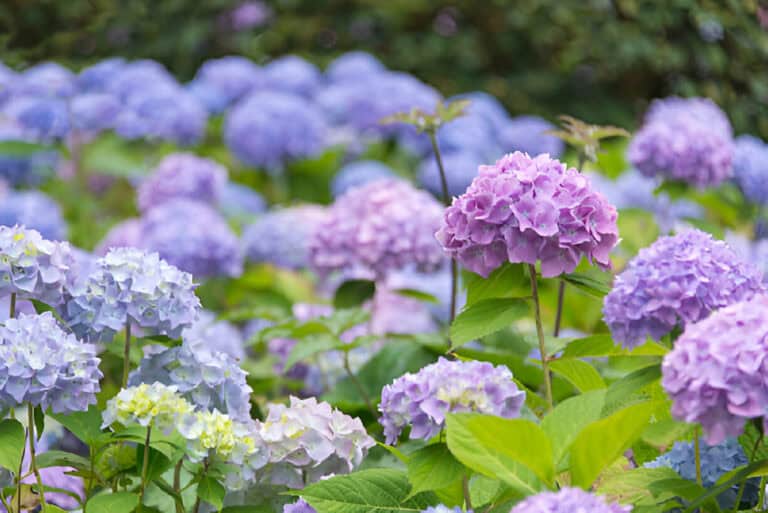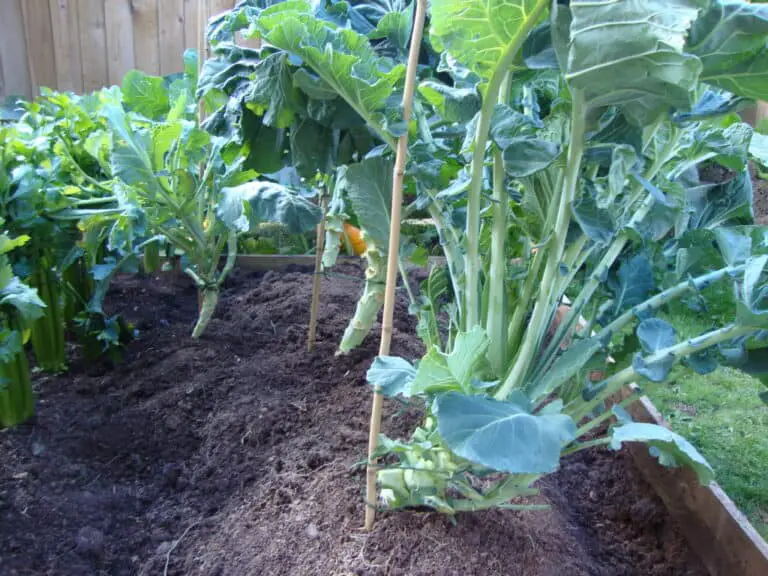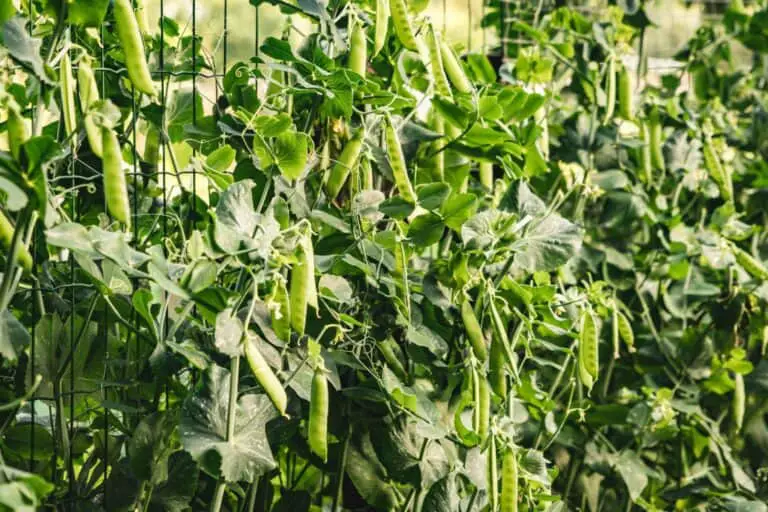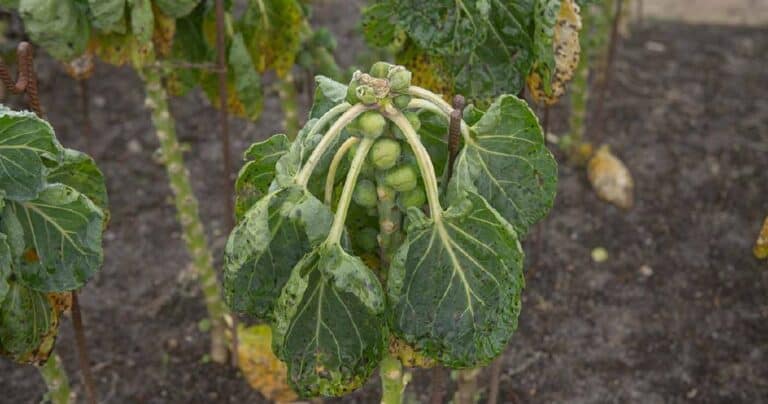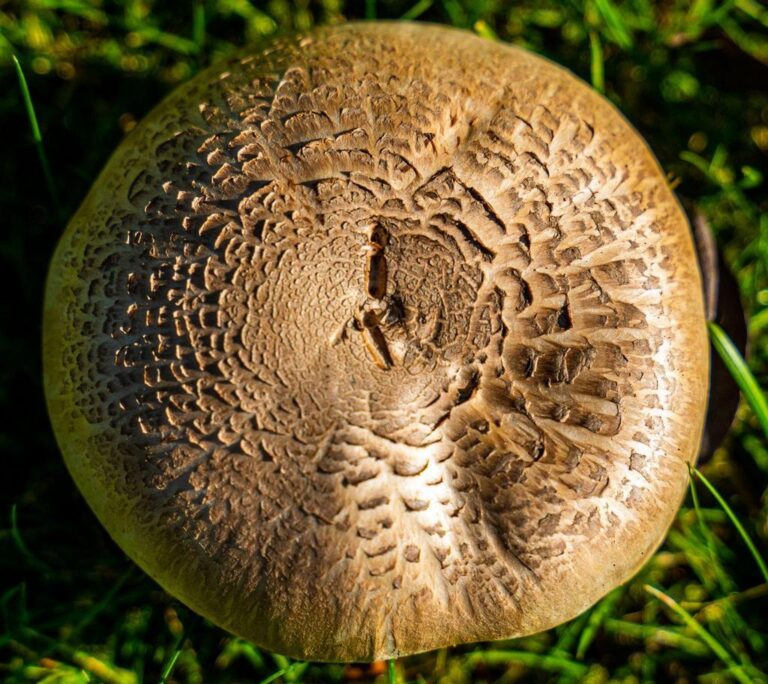How Long Do Gourds Last after Picking? Harvesting and Preserving
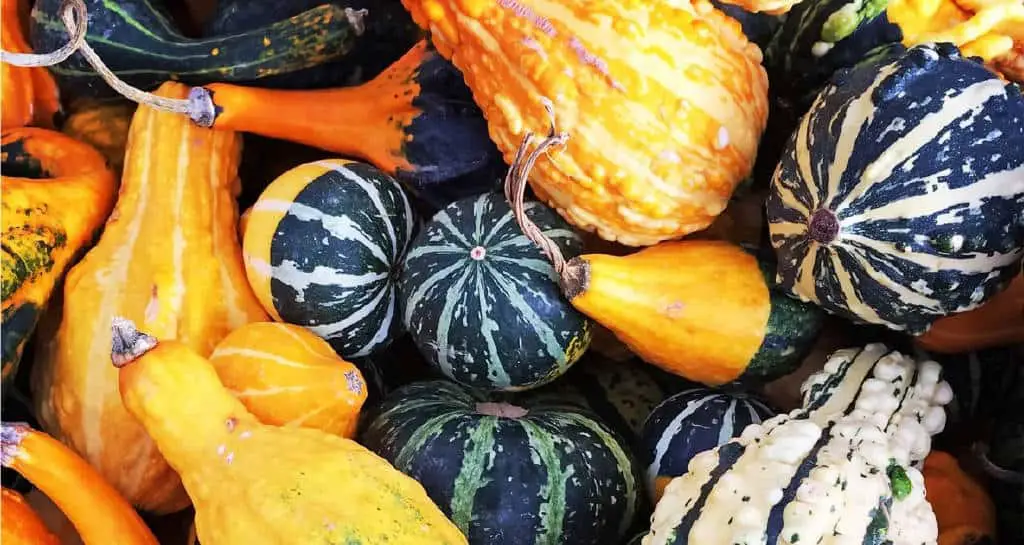
Imagine strolling through a vibrant autumn farmers’ market, the air filled with the scent of crisp apples and fallen leaves. Your eyes wander over a colorful array of gourds, their unique shapes and patterns captivating your attention. But as you reach out to select the perfect one, a question nags at the back of your mind – how long will this gourd last?
Picking these fruits is just the start of their journey. Knowing how to save them is key to enjoying their beauty and flavor for a long time.
Join us for a deep dive into the world of gourds. We’ll unravel their post-harvest mysteries and learn the best ways to keep them fresh for weeks or even months.
How Long Do Gourds Last After Picking?
After picking, the longevity of gourds depends on various factors, such as the type of gourd, storage conditions, and handling practices. Generally, hard-shelled gourds, like birdhouse or decorative gourds, have the longest shelf life and can last anywhere from 6 months to several years if stored properly. These gourds should be allowed to dry thoroughly in a warm, well-ventilated area for several weeks to months before being used for crafts or decorations.
In contrast, edible gourds, such as bottle gourds or winter squash, have a shorter shelf life compared to hard-shelled gourds. They typically last for a few weeks to a couple of months after picking, depending on the variety and storage conditions. Ornamental gourds, prized for their unique shapes and colors, can last for several weeks to a few months after picking if stored in a cool, dry place away from direct sunlight. However, they may begin to shrivel or lose color over time.
What to Do in Prolonging Gourds Shelf Life After Picking Up?
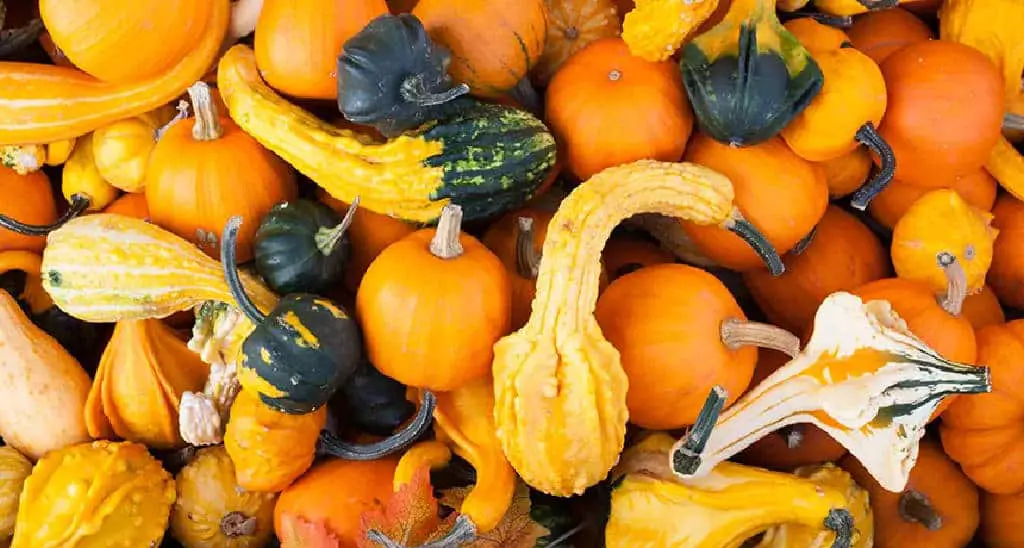
To prolong the shelf life of gourds after picking them up, it’s essential to dry them properly. Here’s a step-by-step guide:
1. Harvesting and Curing
- Harvest gourds when they are fully mature, but before the first frost.
- Cut the stems, leaving a few inches of stem attached to each gourd.
- Wash the gourds with warm, soapy water to remove any soil or bacteria.
- Place the gourds on layers of newspaper to dry for about a week.
- During this time, the outer skin hardens, and surface color sets.
2. Drying and Storage
- After the initial drying period, transfer the gourds to a warm, dry, and dark area.
- Spread them in a single layer and check them every few days, turning them and discarding any that show signs of deterioration.
- This final drying stage should take three to four weeks.
- Skins may be covered with mold, but as long as the gourd remains hard, the mold is not a problem.
3. Finishing Touches
- Once the gourds are dry, wash them in warm water to remove any mold or crust on the skin.
- Dry them with a soft cloth.
- Properly dried gourds should retain their natural colors for three to four months.
- To preserve the colors somewhat longer, try waxing them with a paste floor wax.
- Gourds may also be painted, stained, varnished, or decorated with a wood-burning tool.
4. Additional Tips
- For longer-lasting gourds, consider giving them a bleach bath after removing the soil.
- Seal the gourds with a spray varnish or acrylic varnish for a glossy look.
- Display the gourds in a warm, dry, shaded place with good ventilation to encourage drying and good color retention.
- Turn the gourds often to ensure even drying.
By following these steps, you can help extend the shelf life of your gourds and keep them looking their best for a longer period of time.
What Happens If You Pick a Gourd Too Early?
Picking a gourd too early can have several consequences, impacting both its quality and longevity. Here’s what happens if you pick a gourd prematurely:
- Immature Fruit: If a gourd is picked too early, it may not have reached full maturity. Immature gourds have tender skins and soft seeds, which can affect their flavor, texture, and overall quality. They may lack the characteristic sweetness and firmness associated with ripe gourds.
- Limited Storage Life: Immature gourds have a shorter storage life compared to fully mature ones. They are more susceptible to decay and spoilage, as their skins are not fully developed to protect them from moisture and pests. This can result in premature rotting or mold growth, rendering the gourds unsuitable for consumption or crafting.
- Reduced Flavor: Gourds that are picked too early may lack the full flavor development that occurs during the ripening process on the vine. They may taste bland or have a slightly bitter or astringent flavor compared to fully mature gourds.
- Decreased Seed Viability: If you intend to save seeds from your gourds for future planting, picking them too early can result in reduced seed viability. Immature seeds may not be fully developed or mature enough to germinate successfully, leading to poor seed quality and lower germination rates.
Overall, picking gourds too early can negatively impact their quality, storage life, flavor, and seed viability. It’s essential to wait until gourds reach full maturity on the vine before harvesting gourds to ensure optimal taste, texture, and longevity.
How Long Do Gourds Take To Dry Out?
Drying out gourds is a process that requires patience and time, typically spanning several weeks to ensure thorough drying and hardening. Here’s a breakdown of the drying timeline:
- Outer Skin Drying: Initially, it takes approximately one to two weeks for the outer skin of the gourds to dry and harden. During this time, the moisture content in the outer layer evaporates, resulting in a tougher and more durable skin. This initial drying phase helps protect the gourds from mold or decay during the subsequent stages of drying.
- Internal Drying: After the outer skin has dried and hardened, the internal drying process begins. This stage may take several additional weeks as moisture gradually dissipates from the inner layers of the gourds. Proper air circulation is crucial during this phase to ensure uniform drying and prevent mold or rot from developing inside the gourds.
- Seed Rattling Test: A reliable indicator of adequate drying is when the seeds inside the gourds rattle when shaken. This signifies that the gourds have dried sufficiently both externally and internally, and they are ready for use in crafting or decoration.
By allowing gourds to dry for several weeks, both externally and internally, you can ensure that they are properly cured and hardened, ready for use in various creative projects or decorative arrangements.
Regular monitoring and proper ventilation are key to successful drying, helping to prevent mold growth and ensure the longevity of the dried gourds.

